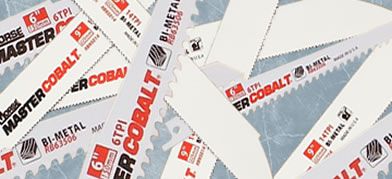What are the Different Reciprocating Saw Blade Types?
Reciprocating Saw Blades - Buying Guide
Frequently Asked QuestionsWhat are the best sawzall blades for metal? What are the different reciprocating saw blade types? What are the best reciprocating saw blades for wood? Who are the different saw blade manufacturers? What is the right sawzall blade for fiberglass? What is the best sawzall blade for hardened steel? Are reciprocating saw blades universal / interchangeable? Do I need special plaster sawzall blades? Do I need a special PVC sawzall blade? Reciprocating Saw Blade Glossary of Terms |
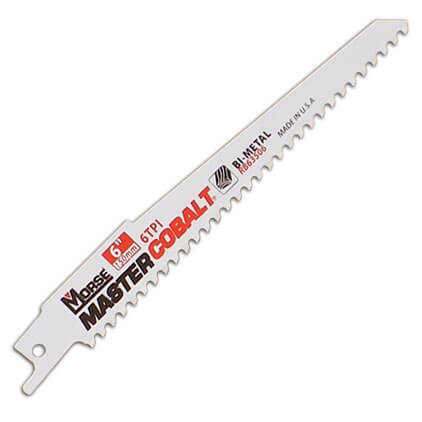 Wood Cutting Blades
Wood Cutting Blades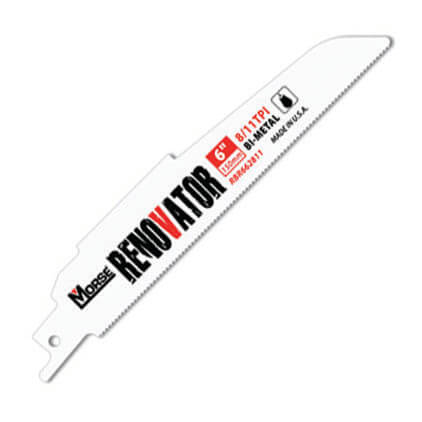 Demolition Blades
Demolition Blades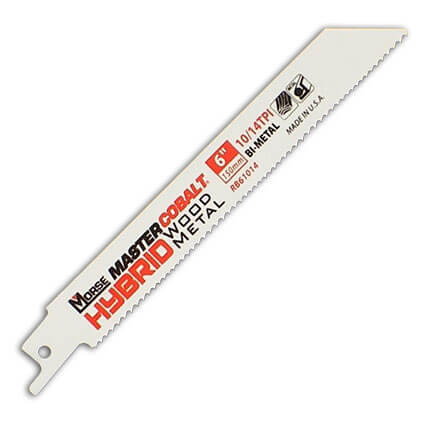 Combination Blades
Combination Blades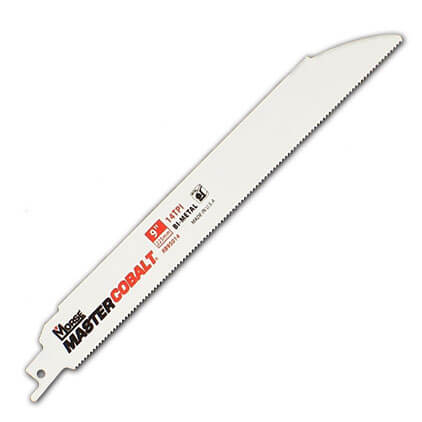 Metal Cutting Blades
Metal Cutting Blades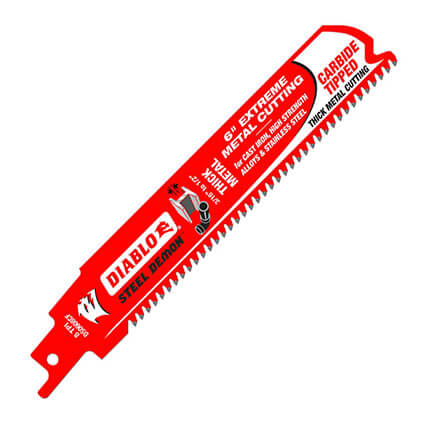 Carbide Tipped Blades
Carbide Tipped Blades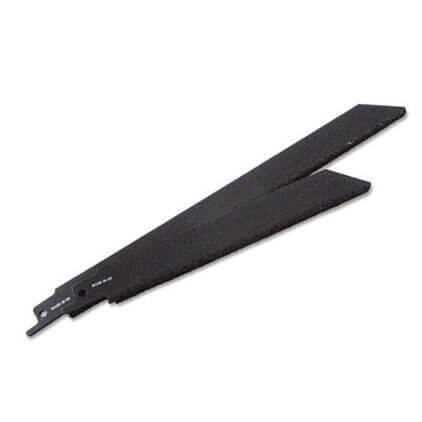 Carbide Grit Blades don't have teeth - they have a grit surface used primarily for cutting tile and masonry.
Carbide Grit Blades don't have teeth - they have a grit surface used primarily for cutting tile and masonry.
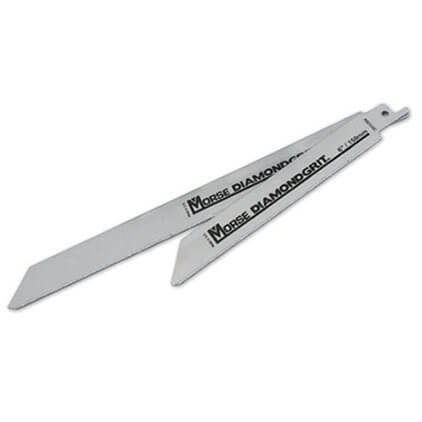 Diamond Grit Blades
Diamond Grit Blades
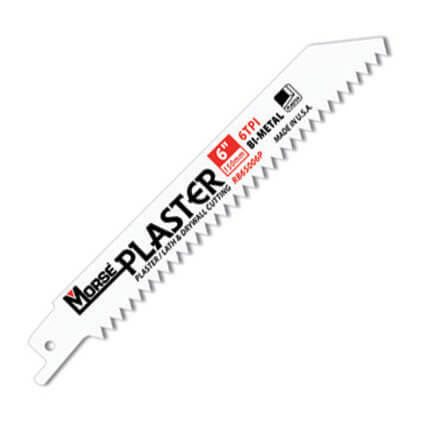 Plaster & Drywall Blades
Plaster & Drywall Blades
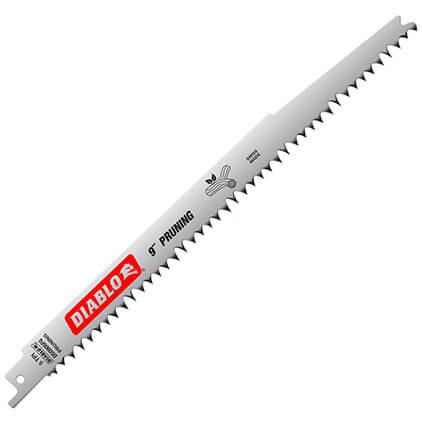 Pruning Blades
Pruning Blades
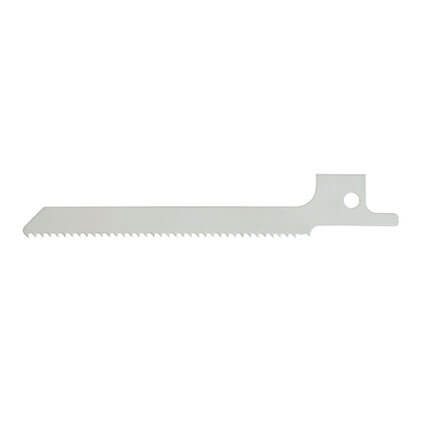 Scroll Blades
Scroll Blades
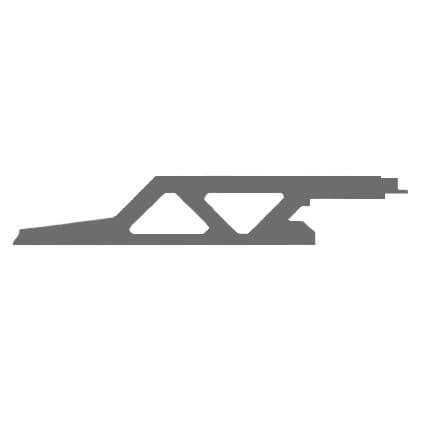 Flush Cut Blades
Flush Cut Blades
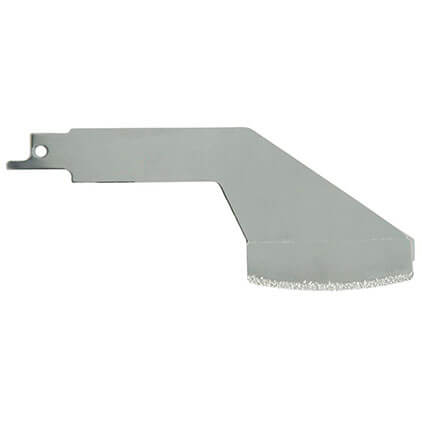 Grout Scraper Blades
Grout Scraper Blades
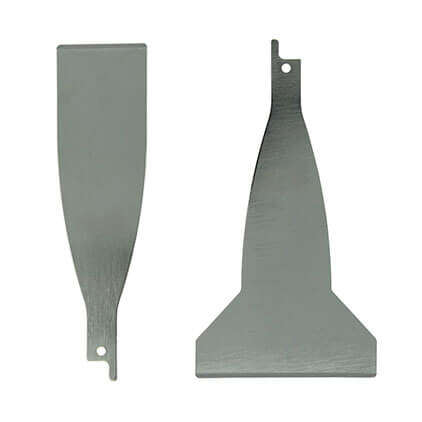 Scraper Blades
Scraper Blades
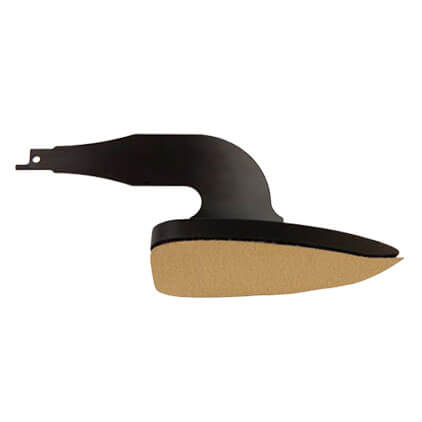 Sander Attachment
Sander Attachment
 Brush Attachment
Brush Attachment
